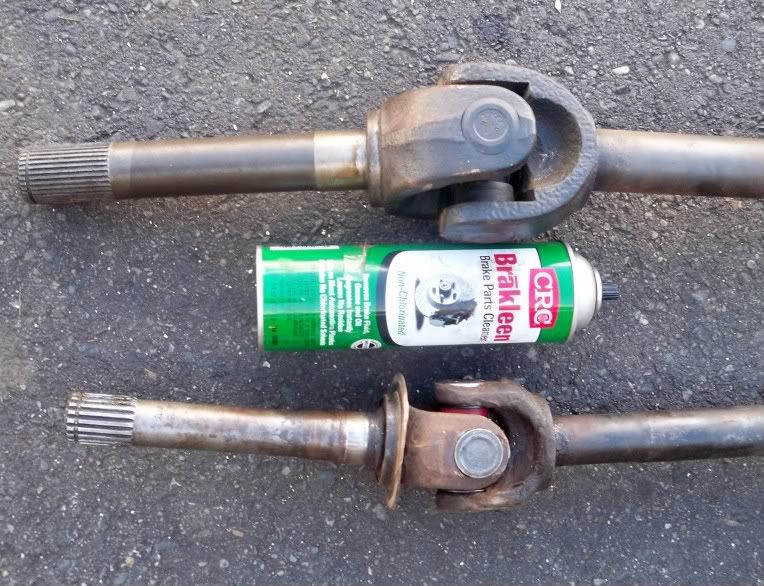Corban_White
Well-Known Member
- Location
- Payson, AZ
How does using a solenoid (relay) reduce the start-up draw?
How does using a solenoid (relay) reduce the start-up draw?
It doesn't act as a soft start, but it could possibly get the fan up to speed faster (spending less time in the initial heavy-amp-draw startup part) since it can provide more current. In that way it may seem to be easier on the charging system, since you won't notice it loading the alternator on start?
I'm just guessing.
It really is. I didn't realize how over-board with tubing I went on this rig until it was time to flip it and weld it. I guess that's what happens when you get shacked up in cold garage for too long.
Basically the tauras fans pull huge amps on startup. I run mine through two 45 amp relays run parallel. Mines now only a one speed fan. So 90 amps can run to the fan at one time. Pretty much the same way Shane is running his. I ran relays because they were rated to run current for long periods. (Sounds like solenoids can too from Shane's experience) The relay or solenoid is being triggered by a thermal switch (sensor) in the engine coolant. It sends a small current through a small wire to the relay. Basically acting like an on off switch for the relay. Thus opening and closing the big juice wire to the fan.It doesn't act as a soft start, but it could possibly get the fan up to speed faster (spending less time in the initial heavy-amp-draw startup part) since it can provide more current. In that way it may seem to be easier on the charging system, since you won't notice it loading the alternator on start?
I'm just guessing.
These are 85A continuous-duty solenoids, the more common starter solenoid is not rated for continuous use.
My personal preference is to wire the solenoid trigger to an ignition-switched source, so the fan is on if the ignition is on. I've had thermostatic controls fail more than once, threatening to fry my motor when the fan didn't run.
No way I want to listen to that noisy fan all the time. I carry an extra thermostatic sender with me. Plus I can actually watch the temp gauge drop while the fan is running. It will go from 200 degrees to 185 in about 45 seconds.
looks good brother. you plan on powdercoating it? that would uber-sweet












... Greg stopped by today and lent a hand and shared some music.Thanks for coming by! It was good to hang out for a while.

